
From shoplifting to safety: How tech is empowering APAC’s retail workers
By George PepesRetailers must ask themselves: Are their systems equipped to deliver rapid, reliable responses when it matters most?
Across APAC, retail environments are rapidly evolving due to rising customer expectations and increased store traffic.
From shopping districts in Tokyo and Bangkok to retail hubs in Jakarta and Sydney, one constant remains: customers want faster, more connected in-store experiences. In turn, connected frontline workers are expected to provide fast, attentive service, even under immense pressure.
But what happens when that pressure arises from aggression and theft?
Retailers in APAC are navigating a landscape shaped by digital transformation, increased seasonal foot traffic, and consumers’ growing demand for seamless, tech-enabled in-store experiences. Concurrently, the region faces a rise in retail crime and aggression towards frontline staff.
A study reveals that 80% of retailers in APAC are under high pressure to minimise theft and loss whilst 72% of APAC retail associates are concerned about the lack of technology to spot safety threats or criminal activity.
Closing the gap between retail shrink and action
In loss prevention scenarios, speed and coordination are crucial. Real-time communication empowers teams to make quick decisions, which is essential for identifying risks, responding to incidents, and protecting store assets and staff.
It closes the gap between incident occurrence and response, ensuring that all relevant parties, from frontline workers to security personnel, are informed and synchronised. This coordination is vital for enhancing safety for employees and customers and reducing loss.
Retailers can learn from sectors like public safety, utilities, and healthcare, where communications platforms are designed for quick, coordinated responses. Similarly, the retail environments often require timely and effective communication during high-pressure moments.
However, a separate study found that over 80% of retail associates and decision-makers struggle to get the right message to the right people, with multiple communication channels causing confusion and lack of prioritisation.
For example, a drop detection feature can notify a designated contact if a device is dropped and the alert isn’t cancelled within a short timeframe. The system uses built-in location tracking to identify the device’s whereabouts, helping store teams respond swiftly in situations such as potential theft or accidental damage.
Driving operational readiness with the right tools and protocols
Retail associates need the right technologies to respond discreetly and effectively under pressure.
Advanced communication solutions can significantly reduce response times, ensuring that critical information is relayed without delay. Push-to-Talk (PTT) functionality is invaluable when calls are unsafe or impossible. Associates can silently transmit audio to colleagues, enabling them to understand the situation in real time.
To maximise effectiveness, PTT should be integrated alongside voice calling and messaging within a single app, and profiles able to be managed for more targeted communications dissemination. PTT supports both group and 1:1 conversations, allowing associates to reach key contacts immediately or leave messages when direct contact isn’t possible.
RFID is another powerful technology for loss prevention which offers real-time visibility into inventory and equipment movement, something traditional systems struggle to provide.
By automatically tracking what items were received, where they are located, and whether they were properly authorised to leave a facility, RFID helps manufacturers, retailers, and warehouse operators detect and prevent losses at every stage of the supply chain. From verifying supplier shipments to monitoring stock levels and documenting item usage or returns, RFID turns inventory management into a precise, data-driven process that significantly reduces the risk of loss.
Technology is only part of the equation. Retailers must also establish a culture of safety and loss prevention.
This includes defining clear escalation protocols, designating communication roles, and ensuring platforms are regularly maintained. Frequent testing, daily performance monitoring, and training teams early and often are essential, so staff feel confident using the features when needed.
Making a change for safer, smarter retail environments
To implement new technologies successfully, it’s essential to engage all stakeholders from the outset. Early involvement helps identify both the operational and technical requirements, ensuring the solution meets the real-world needs.
By involving employees from different functions and departments, retailers can better understand how the communication platform needs to work both on the frontline and from a back-end perspective.
Change managers can secure champions for the new technology by involving end users in the selection and implementation process.
When retail associates see firsthand how the solution improves their safety and responsiveness, they are more likely to support the change and help drive adoption across the organisation. This eases change management and reduces the risk of overlooking a technical requirement during project scoping.
Ultimately, retailers must ask themselves: Are their systems equipped to deliver rapid, reliable responses when it matters most?
Ensuring connected frontline workers can discreetly and efficiently report suspicious or aggressive activity, or call for help, is not just about technology; it's about empowering employees, protecting their safety, and building a resilient operation.
By selecting the right tools, involving key stakeholders, and fostering collaboration, retailers can strengthen their shrink prevention strategies and create safer, more efficient stores.




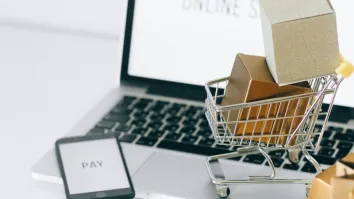
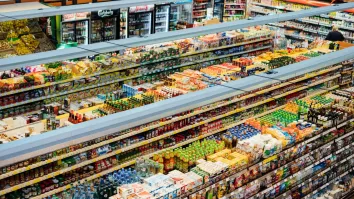



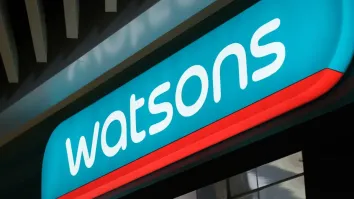

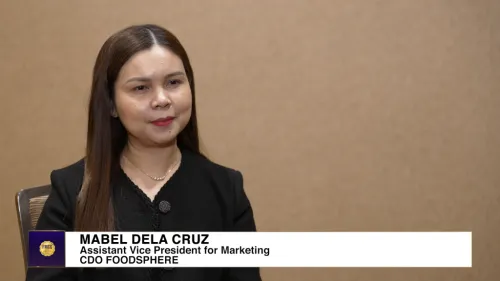

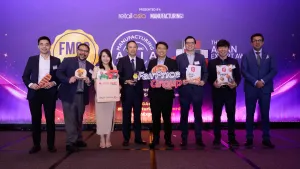






 Advertise
Advertise





